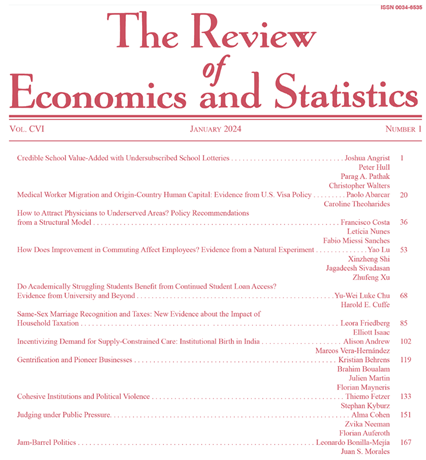城市交通基础设施与不平等
IF 7.6
1区 经济学
Q1 ECONOMICS
引用次数: 0
摘要
我们提出了一个定量空间模型,其特点是异质工人群体及其消费非贸易商品和服务的旅行。我们考虑了新加坡市区线(DTL)的开通,该线路将高收入家庭的居住区与非贸易部门的生产区连接起来。利用公交卡数据,我们发现高收入工人获得了巨大的福利收益,而低收入工人却收益甚微。每个人都能享受到更好的消费机会,但非贸易部门的低收入工作却转移到了吸引力较低的工作场所。从消费旅行中抽象出来的数据低估了对不同工人群体的三倍影响。本文章由计算机程序翻译,如有差异,请以英文原文为准。
Urban Transit Infrastructure and Inequality
We propose a quantitative spatial model featuring heterogeneous worker groups and their travel to consume non-tradable goods and services. We consider the opening of the Downtown Line (DTL) in Singapore, which connected regions where high-income households have residential amenities to where non-traded sectors are productive. Leveraging transit farecard data, we show that high-income workers saw large welfare gains but low-income workers gained little. Everyone enjoyed improved access to consumption opportunities, but low-income jobs in non-tradables moved to less attractive workplaces. Abstracting from consumption travel understates the disparate impact across worker groups three-fold.
求助全文
通过发布文献求助,成功后即可免费获取论文全文。
去求助
来源期刊

Review of Economics and Statistics
Multiple-
CiteScore
8.50
自引率
0.00%
发文量
175
期刊介绍:
The Review of Economics and Statistics is a 100-year-old general journal of applied (especially quantitative) economics. Edited at the Harvard Kennedy School, the Review has published some of the most important articles in empirical economics.
 求助内容:
求助内容: 应助结果提醒方式:
应助结果提醒方式:


